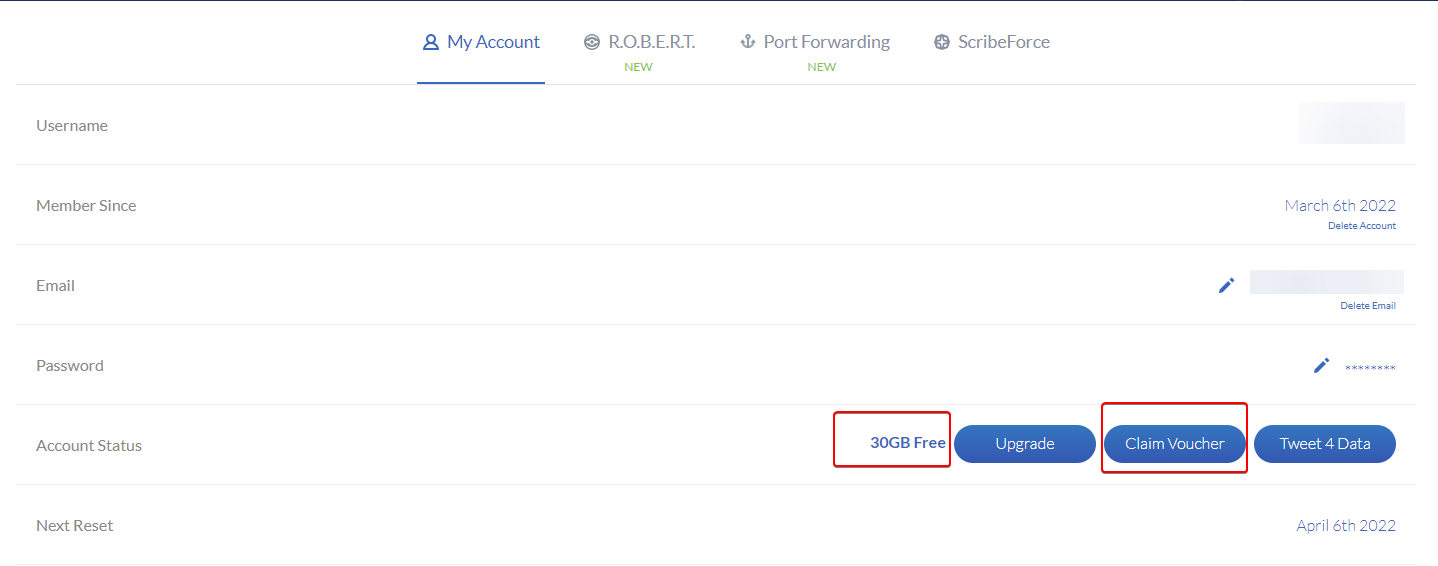I’ve been using this service for a couple of days now, and it’s made my internet access so much faster. That alone is a plus, and I never thought there would be a contender for Cloudflare in this area.
Windscribe VPN offered for free with a lifetime license
-
Windscribe VPN is currently offered for free with a lifetime license:
https://sharewareonsale.com/s/windscribe-vpn-giveaway-coupon-sale
(30GB / month max for an unlimited number of devices)

It’s a VPN no-log, available under Windows, MacOS, Android, & iOS.
More info: https://windscribe.com/features
Promo code (voucher): PEACE
Registration link: https://windscribe.com/signup


-
@DownPW thanks for posting. Sadly not for Linux 🤬
-
arf yes…
Just android…For linux @phenomlab you can test ProtonVPN, the free edition is enough and it’s a very good VPN with good perf and security.
-
@DownPW thanks. I actually have an active subscription to Nord VPN
-
@phenomlab said in Windscribe VPN offered for free with a lifetime license:
@DownPW thanks. I actually have an active subscription to Nord VPN
Enjoying Express VPN too, depending on what I’m using it for I do switch to Nord on occasions.
-
Missed out on this deal ? Windscribe offer a limited free version. More about that here
https://sudonix.org/topic/13/which-product-is-the-best-for-vpn/164?_=1652206628456